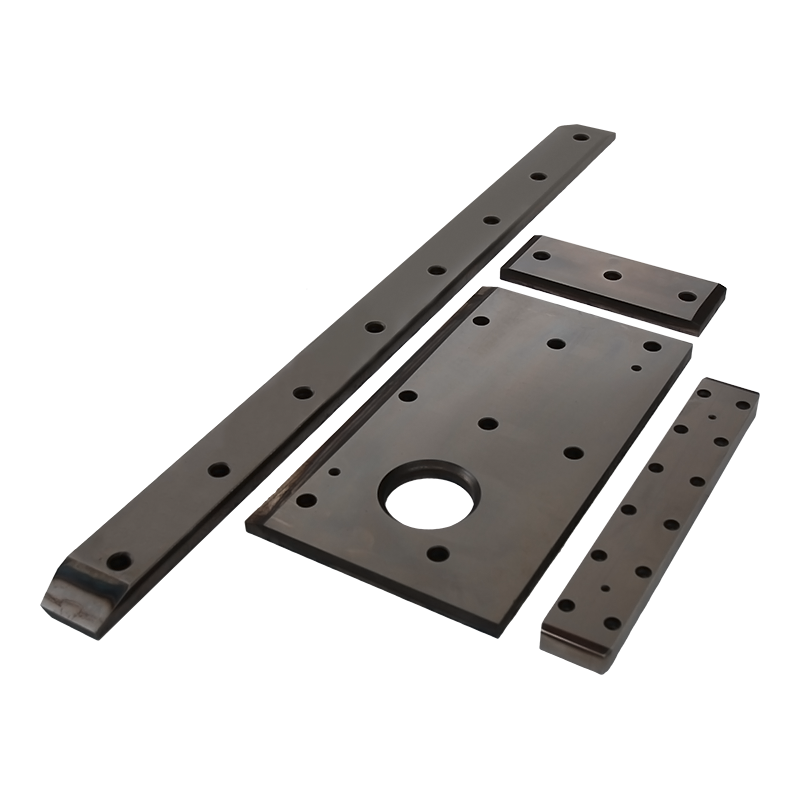Steel Explosion Welding Composite Panels are engineered for demanding environments, including high radiation and high temperatures. However, their stability in such conditions depends on several factors, such as the materials used, the bonding quality at the interface, and environmental exposure.
The base and cladding materials often dictate radiation resistance. Common combinations like stainless steel-clad carbon steel or nickel alloy-clad steel are generally stable under radiation, making them suitable for nuclear and space applications.
Radiation-resistant metals like titanium or nickel alloys can be used as the cladding layer for enhanced performance.
The explosion welding process creates a metallurgical bond that resists delamination under radiation-induced stress. This is critical as radiation can cause microstructural changes like embrittlement in some metals.
Extended radiation exposure can alter the mechanical properties of some metals, leading to a loss of ductility or an increase in brittleness. Materials with high resistance to neutron and gamma radiation are preferred for such conditions.Proper selection of alloy grades can mitigate radiation damage, ensuring stability over long periods.
Steel explosion welding composite panels can withstand high temperatures if the cladding and base materials are thermally compatible.
Stainless steel and nickel-based alloys, commonly used in SEWCP, retain their mechanical properties at elevated temperatures, often up to 600°C–800°C, depending on the grade.
A critical factor for stability is the compatibility of the thermal expansion coefficients of the cladding and base layers. Mismatched expansion rates can create stresses at the bond interface, potentially leading to delamination or warping.
Explosion welding minimizes this issue by creating a strong metallurgical bond capable of tolerating such stresses.
At extreme temperatures, creep (the gradual deformation of materials under stress) and oxidation are major concerns. Nickel-based alloys are particularly resistant to these effects and are often chosen for the cladding layer in high-temperature applications.

Protective coatings or heat treatments can further enhance the temperature tolerance of the composite.
High radiation environments often coincide with high temperatures (e.g., in nuclear reactors or aerospace applications). The combination can accelerate material degradation, especially at the interface.
Selection of radiation- and heat-resistant materials, like Inconel or Hastelloy as cladding, ensures better performance in these extreme conditions.
The explosion welding bond demonstrates excellent resistance to thermal cycling, a common occurrence in such environments. This resistance is crucial to maintaining structural stability.
Application-Specific Design
Panels can be customized with multi-layer claddings to address specific environmental stresses, such as combining high thermal conductivity with radiation shielding properties.
SEWCP is widely used in nuclear reactors for shielding, containment, and heat exchangers. Their stability in radiation-heavy and high-temperature environments demonstrates their reliability.
Aerospace Applications
In spacecraft, SEWCP’s resistance to radiation and thermal stresses makes it a key material for structural components and thermal barriers.
High-temperature stability ensures performance in pressure vessels, heat exchangers, and boilers.
Steel Explosion Welding Composite Panels are highly stable in high radiation and high-temperature environments when designed with appropriate materials and configurations. Proper selection of cladding and base materials, along with strict quality control during production, ensures their durability and performance under extreme conditions. Their widespread use in nuclear, aerospace, and industrial applications highlights their reliability in such challenging environments.

 English
English Deutsch
Deutsch Español
Español русский
русский

 +0086-513-88690066
+0086-513-88690066




